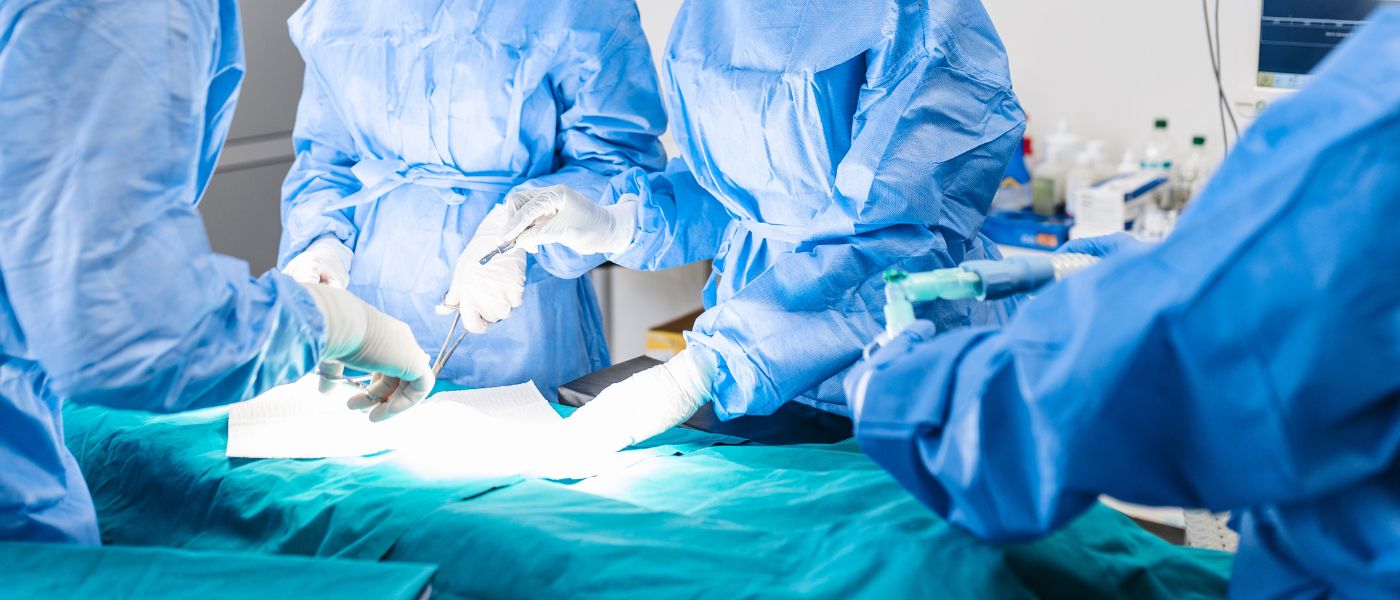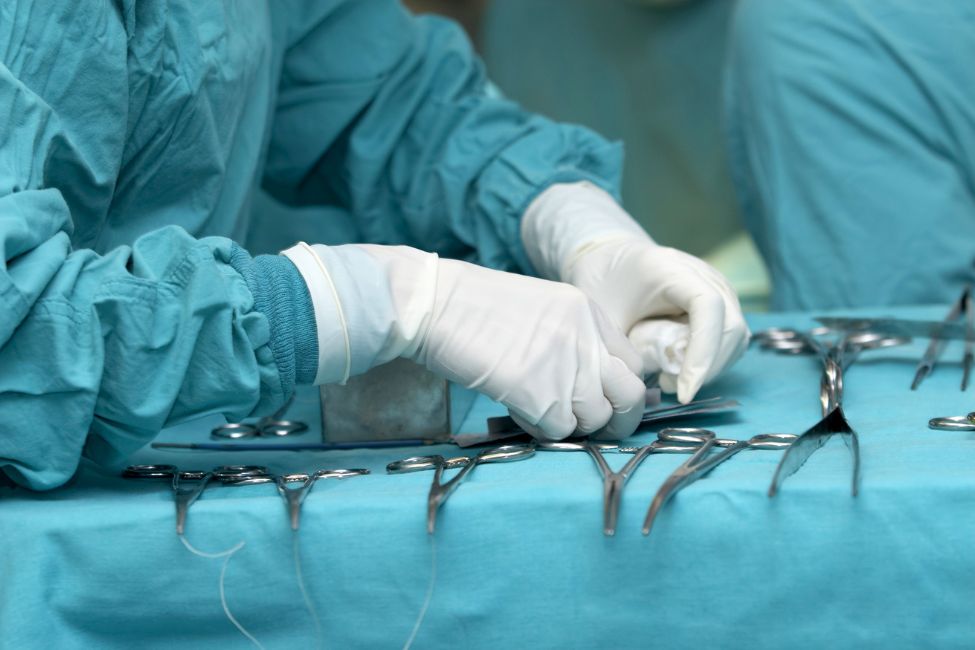Distal Pancreatectomy
Distal pancreatectomy refers to the removal of the body and tail of the pancreas. The remaining portion of the pancreas is over-sewn or stapled to seal the organ. This allows pancreatic fluid to drain into the small intestine as usual. There are three variations of distal pancreatectomy. The chosen variant depends on the location, type of tumor, and the patient’s physical state.
The traditional open approach is performed through a single large incision in the left side of the abdomen, most commonly under the ribs. This approach is usually required when the tumor is large and malignant or if blood vessels are nearby.
The laparoscopic approach is ideal for smaller, less aggressive tumors that are located closer to the tail of the pancreas. This approach can also be performed with the assistance of a surgical robot. Minimally invasive surgery requires only four small incisions, less scarring, less pain, and a shorter recovery time. One of the four incisions is slightly larger to allow for the removal of the pancreas. Up to 10% of the time, the surgery must be converted to open for patient safety.
Depending on the location of the tumor, the surgery may involve the blood vessels that supply the spleen. In this case, these blood vessels and the spleen must be removed. The spleen can often be spared if the blood supply is not affected.
The spleen is a large lymph node that protects against three bacteria (Pneumococcus, Neisseria meningitidis, and Haemophilus influenzae). Each of these bacteria has effective 5-year vaccines for patients without their spleens.




